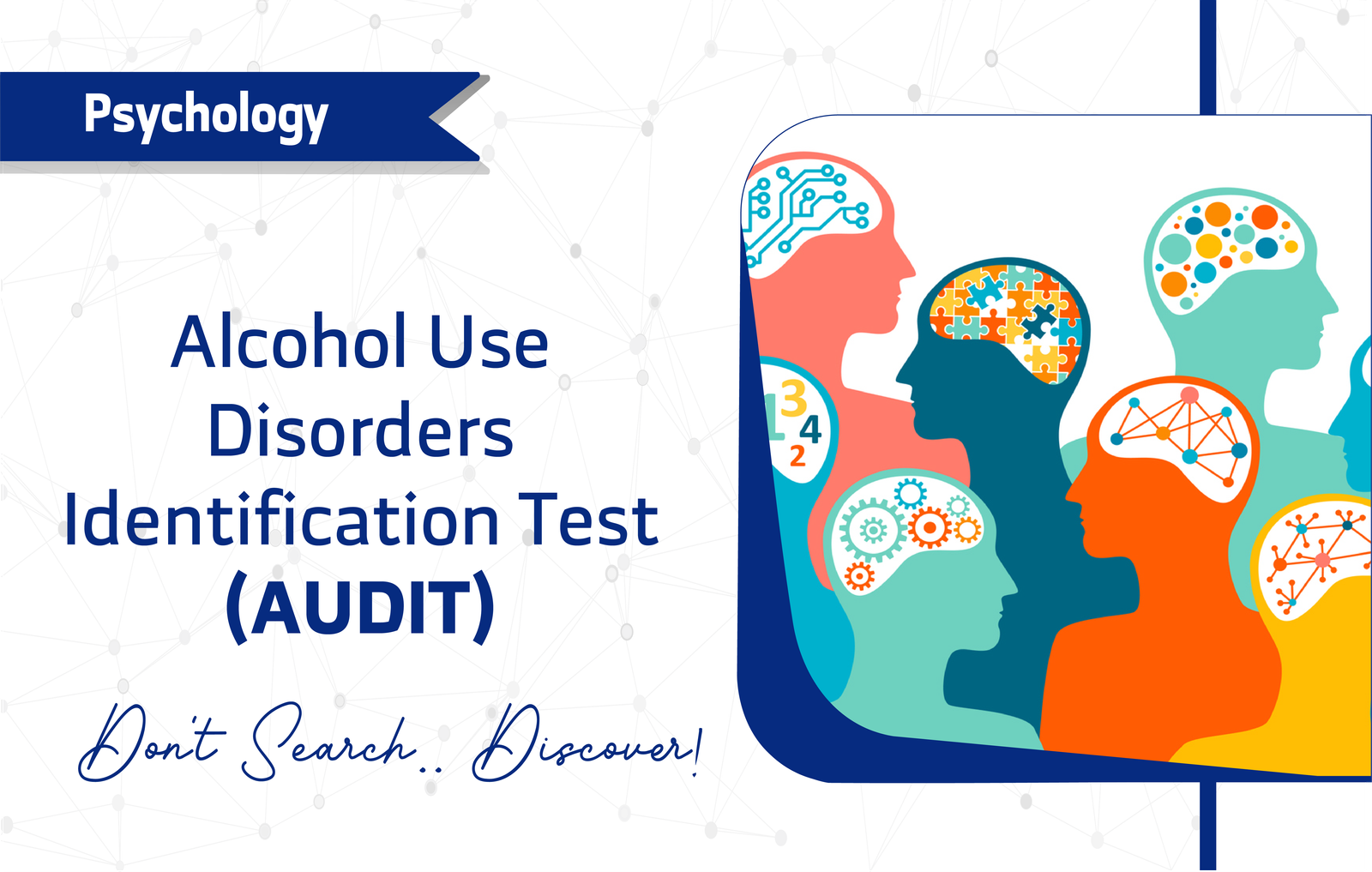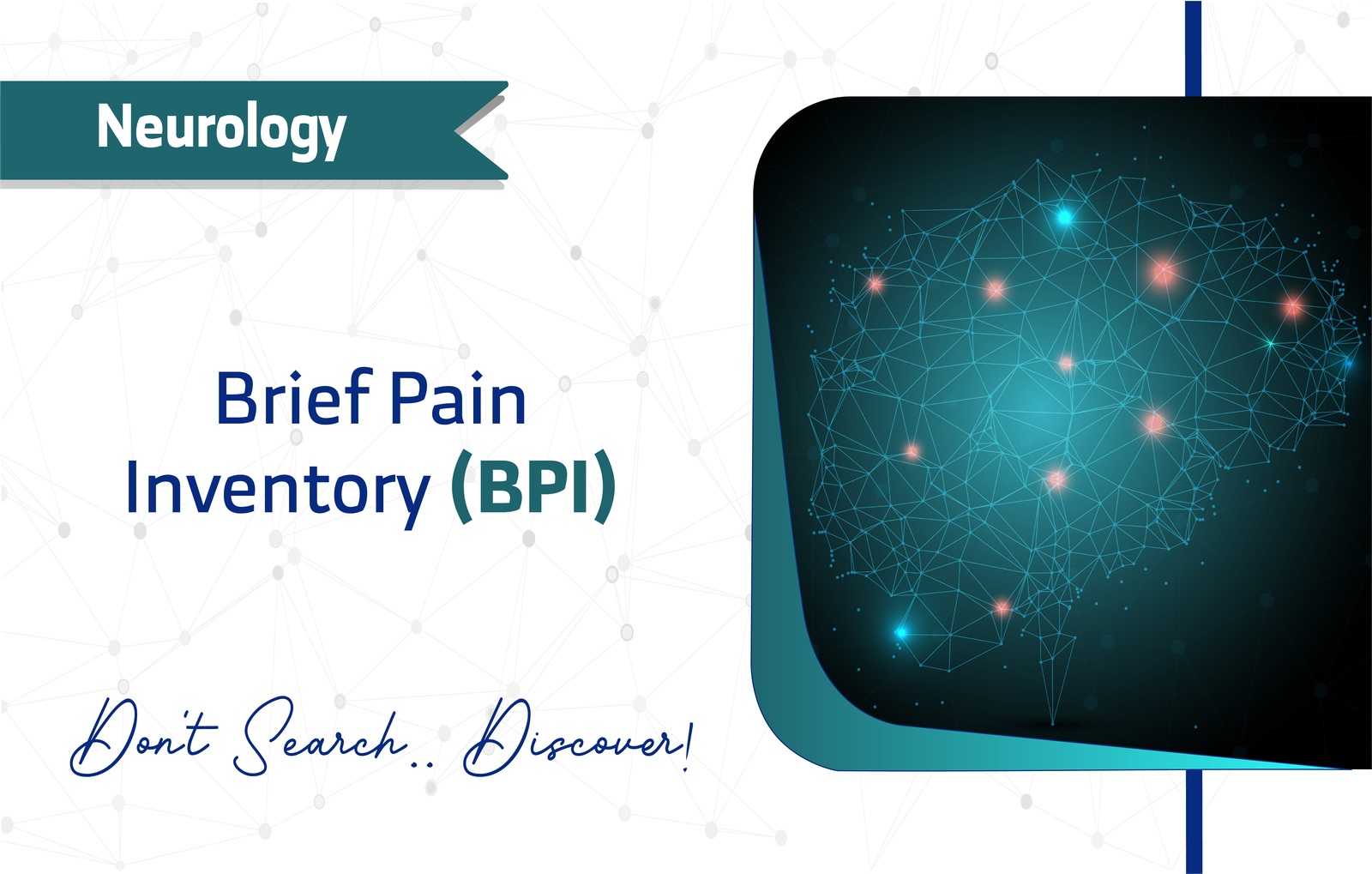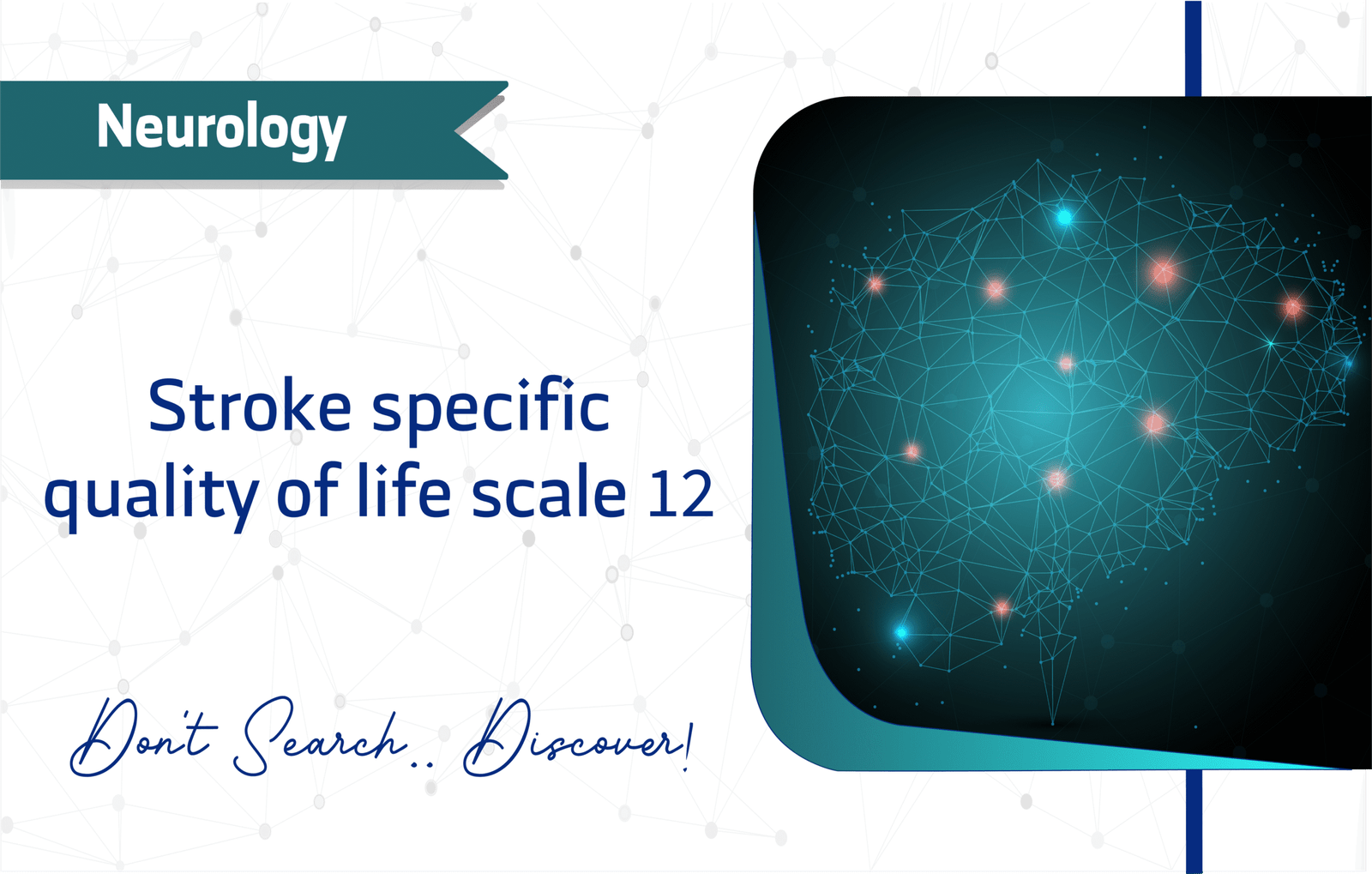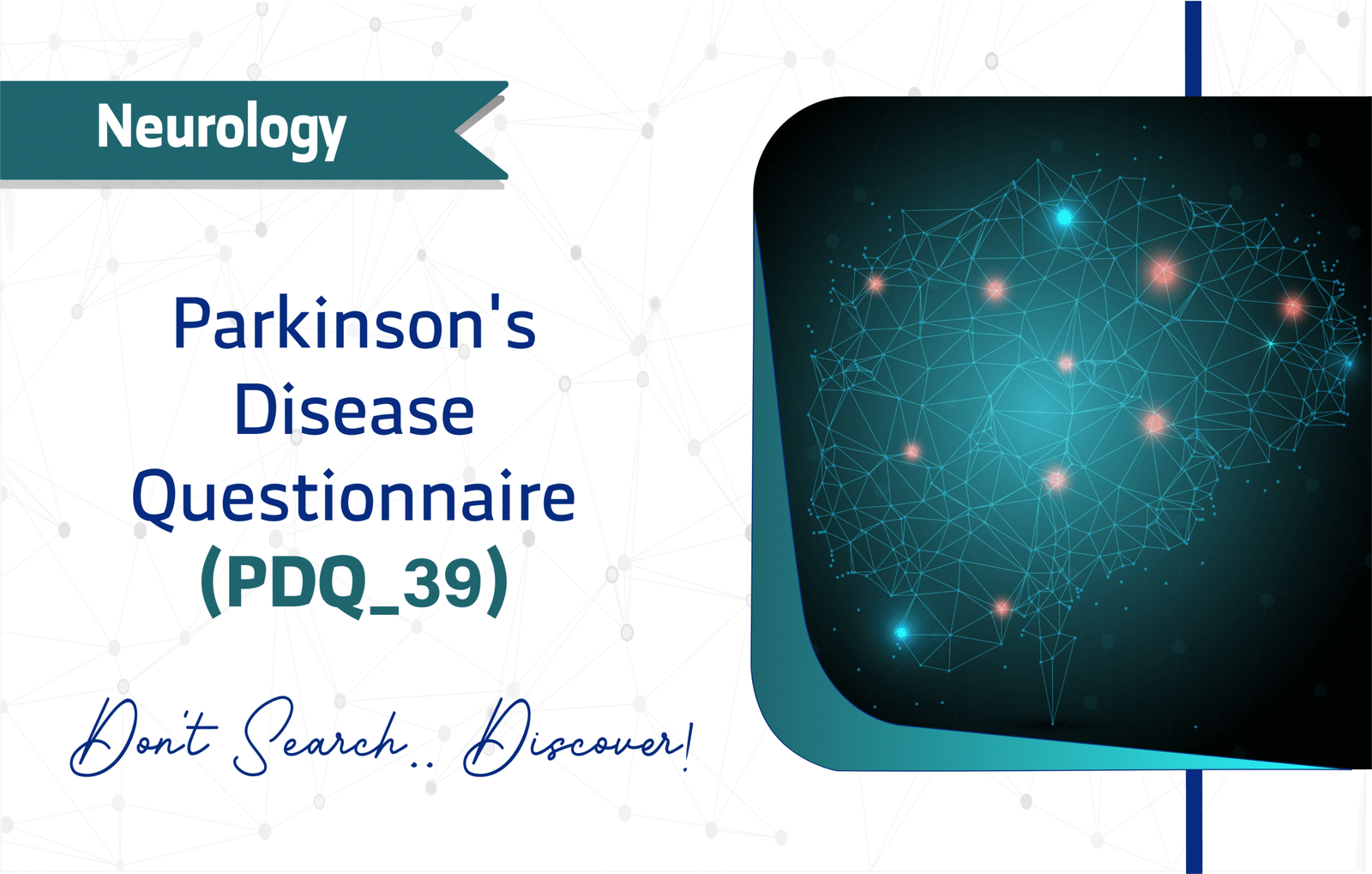Introduction
The Sixteen Personality Factor Questionnaire (16PF), developed by Raymond B. Cattell, A. Karen Cattell, and Heather E.P. Cattell, is a cornerstone in personality assessment, with over 5,000 citations on Google Scholar. Since its inception in 1949, this robust tool has undergone five major revisions, with the latest being the 16PF Sixth Edition (2018). Consequently, its widespread adoption underscores its reliability in psychological evaluation, career counseling, and clinical research.
This article explores the 16PF’s features, scoring, applications, and limitations, providing researchers and clinicians with actionable insights to leverage this standardized test effectively.
Key Features of the 16PF Questionnaire
Purpose and Use
The 16PF Questionnaire evaluates a comprehensive range of normal personality traits across 16 primary dimensions and five global factors. Primarily, it aids in psychological evaluation, career counseling, and clinical research. For instance, clinicians use it to screen personality traits, while researchers employ it in studies exploring behavioral tendencies. Additionally, its versatility supports applications in organizational settings, helping tailor interventions for individual differences.
Target Population
Designed for individuals aged 16 and older, the 16PF suits a broad demographic, including:
- Adolescents (16–17 years)
- Young Adults (18–24 years)
- Middle-Aged Adults (25–44 years)
- Older Adults (45–64 years)
- Seniors (65+ years)
Its focus on normal-range personality traits makes it ideal for diverse settings, though it lacks validation for children under 16.
Structure of the 16PF Questionnaire
The 16PF Sixth Edition comprises 155 items, with an additional 10–20 adaptively administered items for the Reasoning scale (Factor B). Earlier versions, like the 16PF Fifth Edition, contain 185 items. Each item targets one of 16 primary personality factors, grouped into five global dimensions: Extraversion, Anxiety, Tough-Mindedness, Independence, and Self-Control. Questions assess behavioral tendencies, emotional responses, social attitudes, and cognitive styles. For example:
- The Warmth (A) factor evaluates emotional openness and friendliness, with questions focusing on how interested individuals are in forming interpersonal connections.
- Reasoning (B) targets cognitive ability and abstract thinking through logic-based choices and problem-solving scenarios.
- Emotional Stability (C) examines a person’s resilience under pressure, with items probing responses to criticism and stressful situations.
- Dominance (E) explores assertiveness versus compliance, using situational judgments involving control or leadership.
- Liveliness (F) addresses energy levels and enthusiasm, contrasting preferences for active or quiet environments.
Scoring Method of the 16PF Questionnaire
The 16PF (the Sixth Edition) uses a 5-point Likert scale (Strongly Disagree to Strongly Agree) for most items, except for the Reasoning scale, which employs computerized adaptive testing and is indicated by either selecting from three multiple choice options, or by entering a value, adjusting the number and difficulty based on the respondent’s performance.
Each of the 16 primary factors is scored individually, with responses summed to yield raw scores. Because the questionnaire includes positively and negatively keyed items, some require reverse scoring to ensure that higher scores consistently indicate greater levels of the trait being measured. Subsequently, raw scores are converted into sten scores “Sten” stands for “standard ten” (a normalized score ranging from 1 to 10, with a mean of 5.5, and a standard deviation of 2), where:
- 1–3: typically considered low
- 4–7: Average trait expression
- 8–10: High trait expression
However, these ranges are not rigid cut-offs but guidelines to help contextualize individual trait levels relative to the normative population. Interpretation is based on profile patterns across the 16 factors rather than simple pass/fail thresholds.
Interpretation of scores:
These scores are interpreted contextually, as no universal “good” or “bad” scores exist. Additionally, five global factors are calculated by aggregating primary scale scores. Validity scales detect social desirability bias or inconsistent responses, ensuring result accuracy. For precise scoring, professionals use automated systems, particularly for the Sixth Edition, as detailed in the 16PF Sixth Edition Manual. Certified administrators are essential for accurate interpretation.
For more detailed information on scoring, interpretation, and validity scales, please refer to the official 16pf® Sixth Edition manual provided by Talogy, link.
Administration Format
The 16PF is available in:
- Paper-based forms
- Digital (online) formats
- Mobile apps
- In-person interviews
- Phone/ video calls
The Sixth Edition is administered online and includes computer-adaptive reasoning items. It can be completed from any device with good internet access. The Fifth Edition can be administered via other different forms. Administering the 16PF typically takes more than 30 minutes and because it’s a proprietary, standardized psychological assessment, professionals need certification or formal training from the publisher (Talogy) to administer and interpret it properly.
Applications of the 16PF Questionnaire
The 16PF serves multiple purposes in clinical and research settings:
- Screening: Identifies personality traits that may influence mental health or behavior.
- Treatment Planning: Guides clinicians in tailoring interventions based on personality profiles.
- Research: Supports studies on personality, career suitability, and psychological outcomes.
For instance, a high score on Tension (Q4) might prompt a clinician to address stress management, while researchers could analyze personality trends in occupational studies. Its proprietary nature, managed by Talogy, Inc., requires certification for use.
Languages and Availability
To support global use, the 16PF is available in over 20 languages, including:
- Arabic
- English
- Spanish
- French
- German
- Russian
As well as Portuguese, Japanese and Mandarin Chinese. This multilingual accessibility enhances its applicability in cross-cultural research and clinical practice.
The 16PF is a proprietary tool requiring payment and certification for use and accreditation is required to access, administer, and interpret the 16PF questionnaire. The original publisher of the 16PF is the Institute for Personality and Ability Testing (IPAT). Currently, the official distributor and rights holder for the 16PF (including the 5th Edition and related tools like the CPQ and APQ) is: Talogy, Inc. (formerly known as PSI Services LLC). For inquiries, contact Raymond B. Cattell via Talogy, Inc.: info@talogy.com or visit the website: http://www.talogy.com
Reliability and Validity
The 16PF boasts high reliability and validity, with Cronbach’s alpha ranging from 0.70 to 0.85 across its scales. Extensive validation studies confirm its psychometric robustness across diverse populations. Furthermore, its sensitivity to individual differences makes it a trusted tool for both clinical and research applications. For example, its ability to capture nuanced personality traits supports its use in longitudinal studies.
Limitations and Considerations
Despite its strengths, the 16PF has a few limitations:
- Self-report measure: Responses may be influenced by social desirability bias or personal interpretation.
- Cultural Bias: Some items may not fully resonate across all cultural contexts.
- Length (too long): The 155–185 items may feel lengthy for some respondents.
- Complexity (difficult to administer): Scoring and interpretation require advanced training, limiting accessibility.
- Scoring complexity: The interpretation of results requires training and understanding of multiple factor scores.
- Social Desirability Bias: The inherent limitation in self-report measures means that respondents might consciously or unconsciously adjust their responses to present a more favorable picture.
Other Versions and Related Questionnaires
The 16PF offers several adaptations to suit specific needs:
- 16PF Fifth Edition (16PF5): Contains 185 items, measures 16 primary personality factors and 5 global factors.
- 16PF Form C: A shorter version with fewer items designed for quicker administration, often used in screening or research settings.
- 16PF Form B: An alternate form for retesting or to reduce practice effects in longitudinal studies.
- 16PF Adolescent Form: Tailored for ages 16–19, focusing on adolescent personality traits.
- 16PF Workplace Edition: Tailored for organizational and occupational assessment focusing on job-related personality traits and behaviors.
There are free alternatives inspired by the 16PF model. For example, the “new16PF” is an open-source version that uses items from the International Personality Item Pool (IPIP) to measure the 16 personality traits proposed by Cattell. However, it’s important to note that these alternatives are not the official 16PF questionnaire.
While the 16PF focuses on normal-range personality, other related questionnaires delve into different aspects or theories of personality:
- Children’s Personality Questionnaire (CPQ): Designed for children aged 8–12, the CPQ assesses 14 personality dimensions to aid in educational guidance, psychological evaluation, and early intervention strategies.
- Adolescent Personality Questionnaire (APQ): Tailored for adolescents aged 12–18, the APQ evaluates 16 personality factors, providing insights beneficial for counseling, educational planning, and personal development.
- NEO Personality Inventory-Revised (NEO-PI-R)
- Minnesota Multiphasic Personality Inventory (MMPI-2)
- EPQ: Eysenck Personality Questionnaire
- HEXACO Personality Inventory
These instruments offer diverse lenses through which to understand personality, allowing professionals to select the most appropriate tool for their specific needs.
Additional Resources
For further exploration, consider these resources:
- Validation study: link.
- Another validation study: link.
- The official 16PF Sixth Edition technical manual provided by Talogy: link.
- The 16PF questionnaire on Talogy: Link.
- For inquiries, contact Raymond B. Cattell via Talogy, Inc.: info@talogy.com or visit the website: http://www.talogy.com
- Handbook for the 16PF questionnaire: Link.
- The 16PF fifth edition technical manual: Link.
Frequently Asked Questions (FAQ)
- Who can use the 16PF?
Clinicians, researchers, and career counselors use the 16PF for individuals aged 16 and older to assess personality traits. - How long does it take to complete the 16PF?
The 16PF typically takes over 30 minutes to complete, depending on the version and respondent speed. - How is the 16PF administered?
It is available in paper-based, digital, mobile app, interview, and phone/video call formats, with the Sixth Edition exclusively online. - Is there any cost to using the 16PF?
The 16PF requires licensing from Talogy, Inc., with potential costs for commercial or funded academic use. You can contact Raymond B. Cattell via Talogy, Inc.: info@talogy.com or visit the website: http://www.talogy.com
A word from ResRef about the 16PF Questionnaire
The Sixteen Personality Factor Questionnaire (16PF) stands as a robust and comprehensive tool for assessing normal-range personality traits. Developed through rigorous factor-analytic methods, it captures the multifaceted nature of human personality across 16 primary and 5 global dimensions. Its applications span clinical diagnostics, career counseling, and organizational settings, offering valuable insights into individual differences. The 16PF‘s enduring relevance is underscored by its widespread use, extensive research backing, and adaptability across cultures and languages. As such, it remains a cornerstone instrument in the field of personality assessment.
References
- Cattell, H., & Mead, A. (2008). The sixteen personality factor questionnaire (16pf). In G. J. Boyle, G. Matthews, D. H. Saklofske (Eds.) The sixteen personality factor questionnaire (16PF)(pp. 135-159). SAGE Publications Ltd: Link.
- Cattell, H.E.P. (2001). The Sixteen Personality Factor (16PF) Questionnaire. In: Dorfman, W.I., Hersen, M. (eds) Understanding Psychological Assessment. Perspectives on Individual Differences. Springer, Boston, MA: link.









